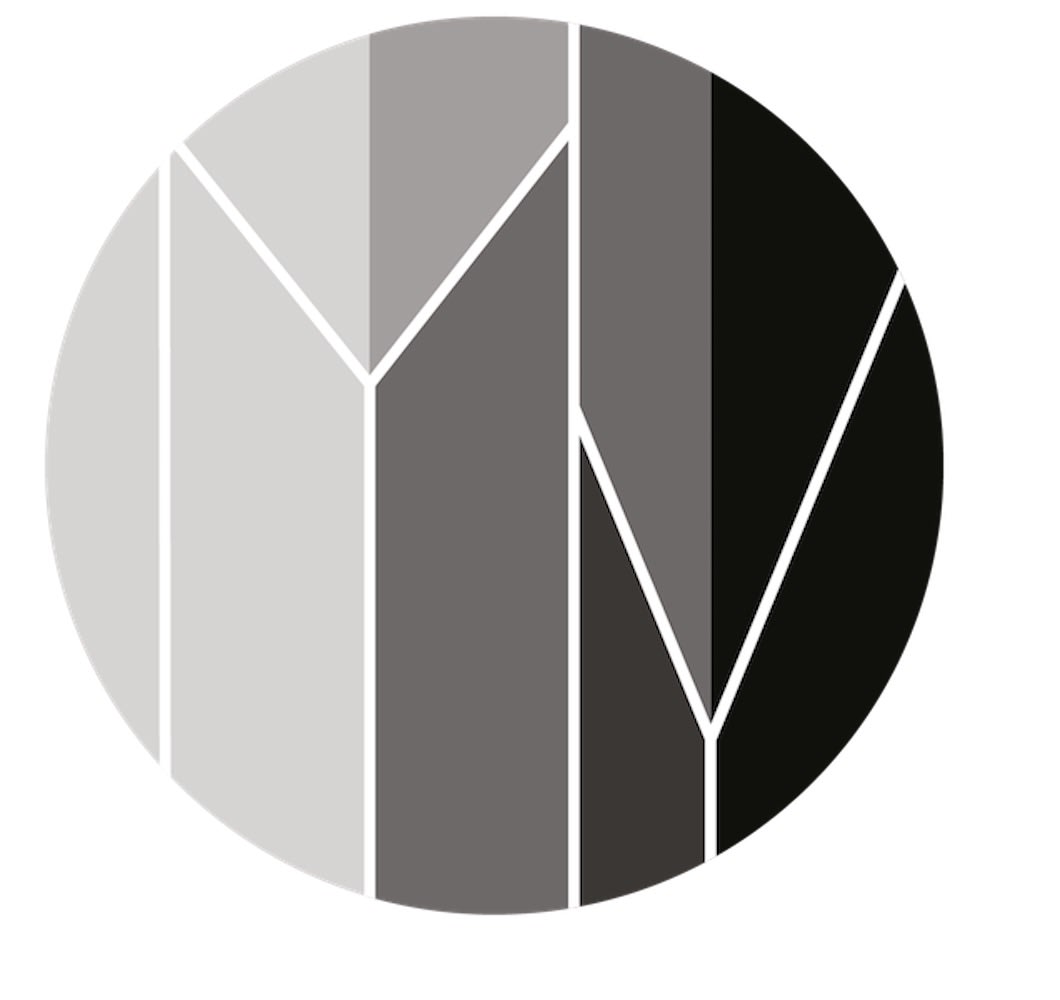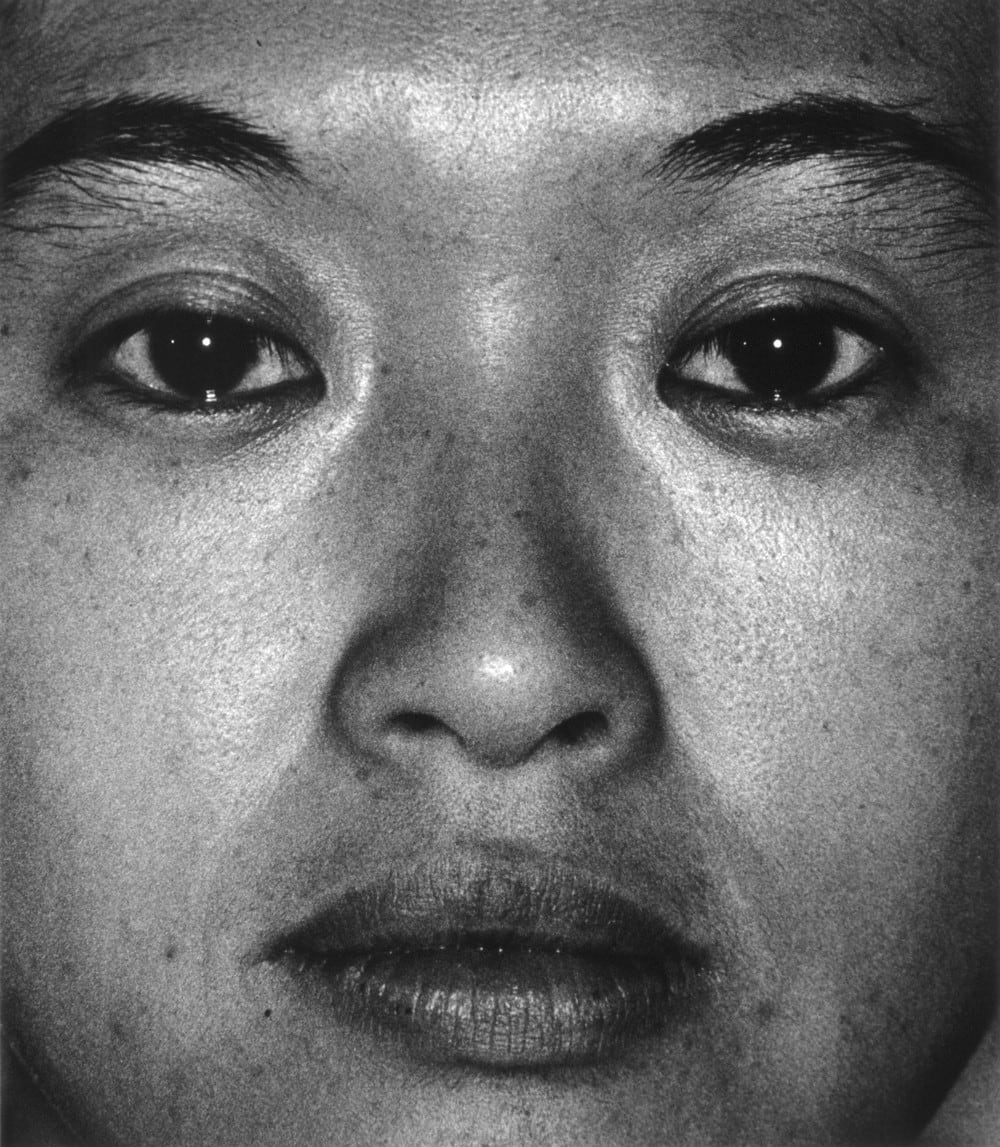Ken Ohara Japanese, Lives in USA, b. 1942
ONE 11, 1970
Gelatin silver print, printed in early 1970s
9 3/4 x 7 3/4 in / 24.8 x 19.7 cm (image)
10 x 8 in / 25.4 x 20.3 cm (sheet)
10 x 8 in / 25.4 x 20.3 cm (sheet)
2 artist's proofs
Series: ONE
Titled, dated and signed on verso by the artist
KOHO11
Photo: © Ken Ohara and Courtesy MIYAKO YOSHINAGA, New York
This is a rare vintage print from Ken Ohara's acclaimed 'ONE' series (1970). Ohara, in his late twenties, made a living as an assistant at Richard Avedon's studio in New...
This is a rare vintage print from Ken Ohara's acclaimed "ONE" series (1970).
Ohara, in his late twenties, made a living as an assistant at Richard Avedon's studio in New York City. On his days off, he went to the city parks and asked strangers such as Vietnam War protestors to model for a secret project. Over the next few years, Ohara accumulated 504 headshots which he presented together in the format of a telephone directory. These strangers’ diverse yet uniformly positioned eyes, noses, and mouths challenge our conventional notion of individuality.
Ohara earned the warm support of Avedon and MoMA curator John Szarkowski and participated in the group exhibition "New Japanese Photography" at MoMA in 1974. In 2017, in acknowledging Obara's achievements in merging the traditions of photography with the burgeoning field of conceptual photography, Smithsonian American Art Museum acquired a group of 52 large prints from his ONE series.
Ohara, in his late twenties, made a living as an assistant at Richard Avedon's studio in New York City. On his days off, he went to the city parks and asked strangers such as Vietnam War protestors to model for a secret project. Over the next few years, Ohara accumulated 504 headshots which he presented together in the format of a telephone directory. These strangers’ diverse yet uniformly positioned eyes, noses, and mouths challenge our conventional notion of individuality.
Ohara earned the warm support of Avedon and MoMA curator John Szarkowski and participated in the group exhibition "New Japanese Photography" at MoMA in 1974. In 2017, in acknowledging Obara's achievements in merging the traditions of photography with the burgeoning field of conceptual photography, Smithsonian American Art Museum acquired a group of 52 large prints from his ONE series.

